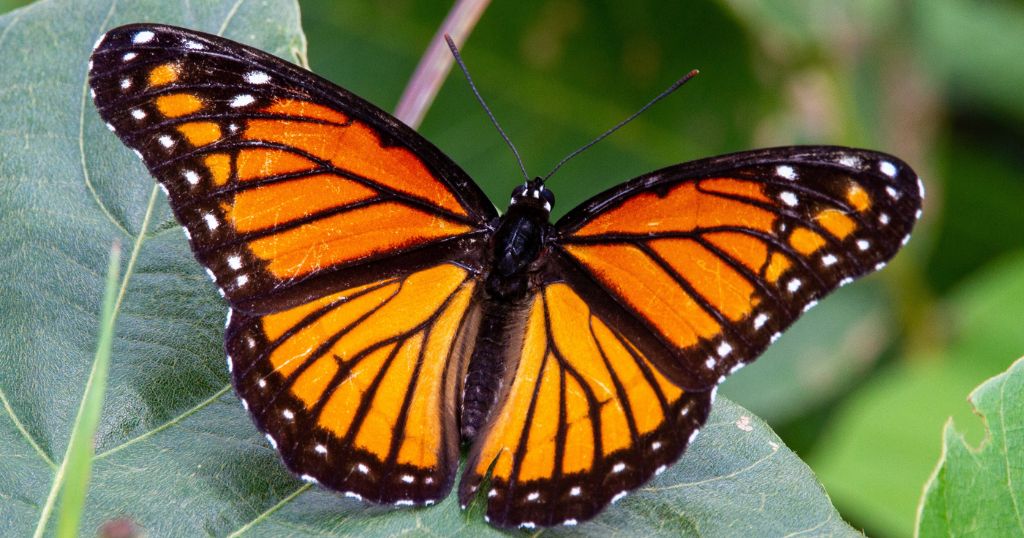- By Zeta Cross | The Center Square contributor
A wake-up call for Illinois’ beloved Monarch butterflies. In July, the International Union for the Conservation of Nature made headlines around the world by categorizing America’s most recognizable butterfly as “endangered.”
Since the 1990s, populations of Monarch butterflies in North America have declined by 85% to 95%, scientists said.
Prairie garden expert Benjamin Vogt calls the Monarch’s rapid disappearance “staggering.” He told The Center Square that having America’s favorite butterfly on the “red list” of threatened species should be a wake-up call for all of us.
“We have to get acting,” Vogt said.
Thirty-eight percent of the Monarchs in the eastern United States come from the corn belt, Vogt said. Monarchs only lay their eggs on milkweed plants that thrived for centuries among the tall prairie grasses that used to blanket the Upper Midwest.
Development and agriculture have decimated the prairie grass. Ninety nine percent of the tall prairie grass in Iowa, for example, has been turned into cornfields.
So, what’s a butterfly fancier to do? States and municipalities have learned that milkweed thrives along roadsides and in highway medians. Instead of wiping the milkweed out with mowing and pesticides, more highway departments are allowing the five-foot-tall “weeds” to thrive.
This summer, Vogt took a road trip along the Monarch Corridor: I-35 from the arrowhead of Minnesota to Des Moines. He was distressed to see a lot of mowing going on at the height of “peak larvae action time.” Saving the charismatic Monarch and hundreds of other pollinators means a lot of lobbying, education and rethinking – a tough climb, he said.
“It won’t be easy. But I don’t know anything in life that is worthwhile that is terribly easy,” Vogt said.
In addition to lobbying municipalities to tolerate “weeds” along the roadways and highways, Vogt would like to see ag fields outlined with hedgerows of shrubs and trees – with wildflowers at the base – as European farmers have been doing for hundreds of years.
Native prairie plants are plants that have grown in North America for thousands of years, along with the native bees, birds and pollinators who depend on them.
Most people are more familiar with non-native plants – plants that were imported to North America by people who moved here from Europe and Asia. Much as we all enjoy hosta and daylilies and other popular non-native plants, non-natives have one major shortcoming – they do not provide food for native American birds and pollinators. Only native plants fill that role.
Big-box stores and garden centers do not usually sell natives plants. Fortunately, Illinois is one of the best states in the country for native plant nurseries and landscape experts that specialize in prairie plants.
Native plants are easier to grow and need less water than non-natives. Bring some natives home to create a more diverse and welcoming backyard for Monarchs and other birds and pollinators.
Swamp milkweed and butterfly milkweed are two non-aggressive varieties of milkweed that are good for home yards. Goldenrod, asters, bluestem, coneflower, prairie clover and sedge are more good prairie plants.
The goal is to have a variety of plants with something in bloom from spring to fall. Asters are late bloomers that provide Monarchs with the nutrition that they need before they migrate to Mexico in the fall.
“Asters are fantastic,” Vogt said. “The aster family is wonderful for providing nectar and pollen to a wide variety of pollinators. And a lot of those aster species are also host species to moths and larvae caterpillars. Plant them to get new moths and butterflies.”
For information on gardening for monarchs, visit Vogt’s website Monarch Gardens
This article originally appeared on The Center Square.






